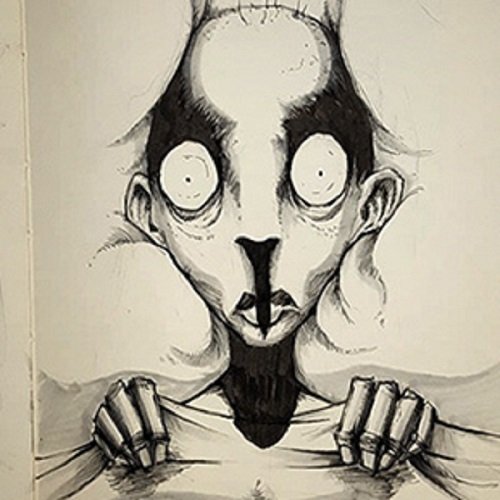Some thoughts about the methods for the diagnosis, prevention and treatment of mental disorders /part 4/
The first interview usually takes 40-50 minutes. Apart from this aspect / content / of the interview, there is another aspect / process / of the interview. It is based on the view that the interview is a form of communication between two people, an exchange of interactions and messages between the participants, which do not always cover the content side. Interviewing as a process has five phases and they are: - Introducing the interview - the patient always has a bunch of unsolicited questions.
The task is to answer them so that the patient can talk freely about their problems. The appearance of the patient is assessed; - Opening the interview - here is usually started with open questions, one of them, for example, is "What brings you here?", leaving the patient talking for 5-10 minutes. While listening: the psychiatrist must realize what the patient's expectations are - the patient's conscious expectations, the unconscious needs of the patient; the psychiatrist needs to build hypotheses about the patient's mental state; the psychiatrist asks what type of interview awaits him; the psychiatrist must answer whether a sudden change in the interview is necessary - whether he or she actually needs to be interrupted; - a real interview - Based on the assessment of the second part, the psychiatrist decides which are the important areas to be covered. Here, the psychiatrist is active again and arranges things in importance, because in one interview never can find all areas. It will then be able to extract sufficient and meaningful information; - closing the interview - takes a few minutes.
The ultimate goal of the interviewer is to "win" the patient and come back again - otherwise this meeting is a failure; - leaving the interview - very briefly. He points out that the two participants have left their existing roles as a therapist and a patient / client /. Give the coat to the patient and say goodbye. This marks the end of the relationships that have so far been in a professional position. Thus the two participants in communication again become ordinary people and if the therapist meets his patient on the street, he should not ask him about his symptoms. The interview and psychological status of the interviewer provide an opportunity to build initial hypotheses about the nature of the mental disorder, which must be verified and proven by additional paraclinical examinations and tracing the patient himself in clinical or extra-clinical settings.
